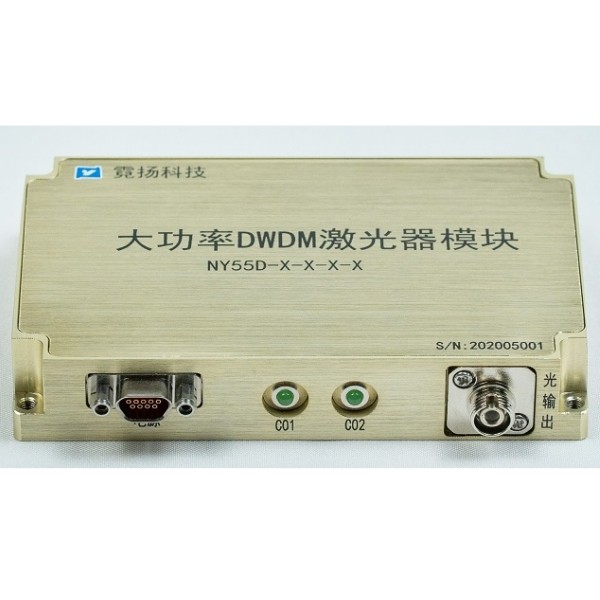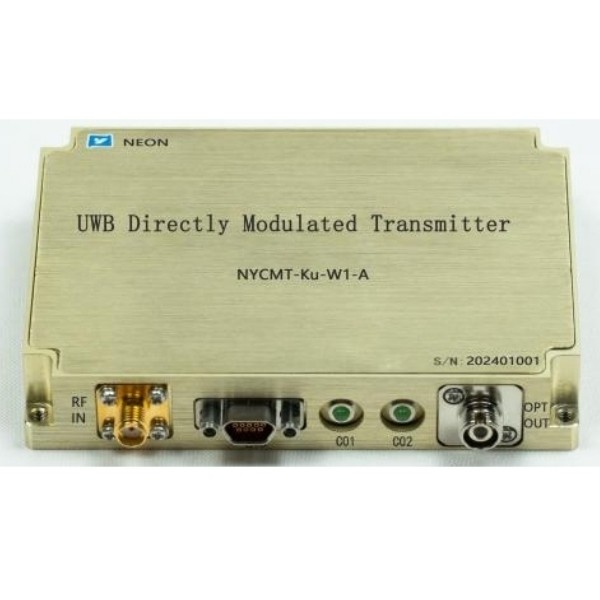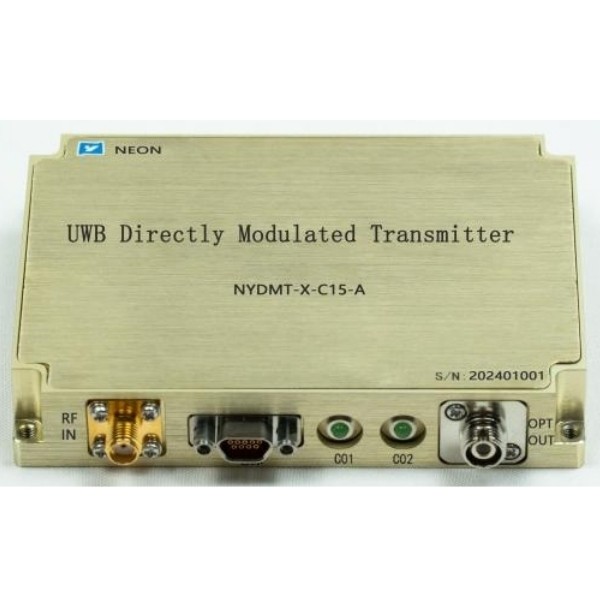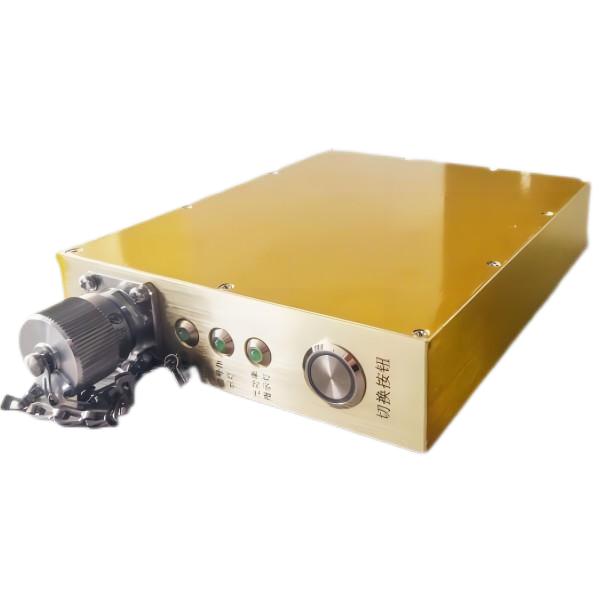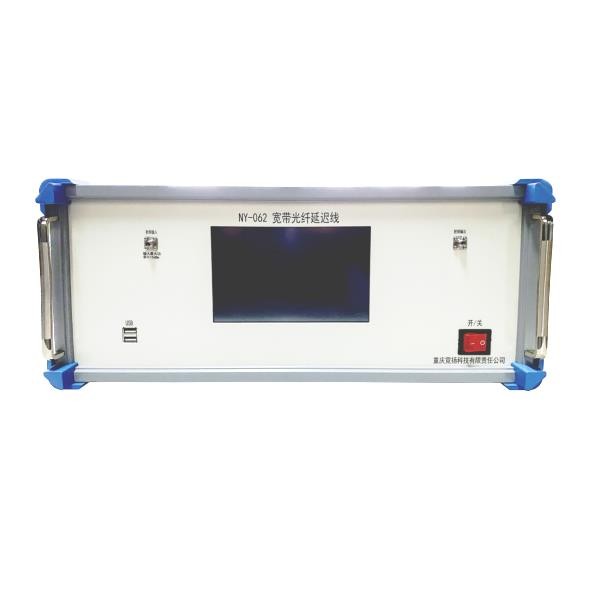Digital Signal Optical Terminals in Modern Communication Networks
In the ever-expanding digital landscape, the need for reliable and efficient transmission of massive amounts of data is paramount. This is where digital signal optical terminals step onto the stage, playing a pivotal role in the backbone of modern communication systems. By harnessing the power of light, digital signal optical terminals enable the seamless and lossless transmission of digital signals over long distances, revolutionizing the way we communicate, work, and experience the world around us.
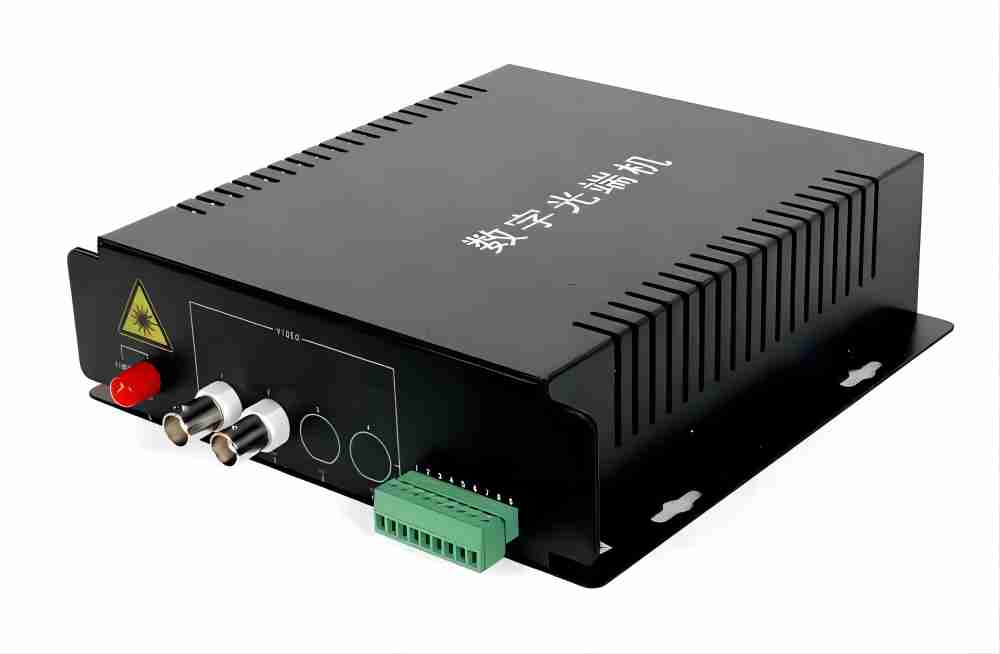
Key Components of a Digital Signal Optical Terminal
A digital signal optical terminal operates through a meticulously choreographed interplay of specialized components, each playing a crucial role in the seamless conversion, transmission, and reconversion of digital signals into the ethereal realm of light.
1. The Light Composer: Optical Transmitter
At the heart of the light generation lies the optical transmitter, acting as the maestro of the light symphony. Its primary function is to translate incoming electrical digital signals into modulated optical pulses. Two key technologies are employed depending on the desired application:
- Light Emitting Diodes: Cost-effective and widely used, light emitting diodes emit light through a semiconductor junction when electrically biased. However, their relatively low modulation bandwidth limits their suitability for high-speed applications.
- Laser Diodes: Offering superior performance, laser diodes employ stimulated emission to produce highly coherent monochromatic light pulses. Their wider modulation bandwidth and longer transmission distances make them the preferred choice for high-speed data transmission and long-haul network deployments.
2. The Light Conduit: Optical Fiber Cable
The unsung hero of the data highway, the optical fiber cable acts as the conduit for the meticulously crafted light pulses, guiding them over vast distances with minimal attenuation. These hair-thin strands of glass, typically silica-based, are engineered with intricate doping techniques to confine and guide light pulses through internal reflection with remarkable efficiency. Different types of fiber offer specific advantages:
- Single-mode Fiber: Utilizing a single core for light propagation, single-mode fibers achieve the lowest attenuation over long distances and are ideal for high-bandwidth applications.
- Multi-mode Fiber: Containing multiple cores of varying refractive indices, multi-mode fibers offer larger core diameters and are easier to splice and terminate, making them suitable for shorter-distance applications and lower-cost deployments.
3. The Light Interpreter: Optical Receiver
Completing the cycle, the optical receiver acts as the interpreter of the light symphony, translating the incoming optical pulses back into their original electrical digital form. This critical task relies on sensitive photodetectors to convert the faint optical signals into measurable electrical currents. Two primary types of photodetectors are employed:
- PIN Diodes: Offering simplicity and cost-effectiveness, PIN diodes operate under reverse bias to create an intrinsic depletion region sensitive to incident light. Their linear response characteristics make them suitable for lower-bandwidth applications.
- Avalanche Photodiodes: Providing higher sensitivity through internal gain amplification, avalanche photodiodes utilize a controlled avalanche multiplication process to amplify the photocurrent generated by absorbed light. This enhanced sensitivity makes them ideal for long-distance transmission and low-light applications.
By orchestrating the interplay of these specialized components, digital signal optical terminals enable the seamless and efficient transmission of massive amounts of data over vast distances, empowering the backbone of modern communication systems. This intricate dance of light and electricity continues to evolve, pushing the boundaries of speed, reliability, and security in the ever-expanding digital landscape.

Why Digital Signal Optical Terminals Reign Supreme in Digital Transmission?
The dominance of digital signal optical terminals in modern communication networks stems from their inherent superiority over traditional electrical transmission methods. Here’s a deeper dive into the salient advantages that solidify their position as the shining stars of the digital world:
1. Unrivaled Bandwidth Capacity: digital signal optical terminals effortlessly cater to the ever-expanding bandwidth demands of today’s applications. They possess the capability to handle data rates exceeding 100 Gigabit per second (Gbps), and with ongoing technological advancements, this figure is poised to climb even further. This unparalleled capacity seamlessly caters to the needs of bandwidth-hungry applications like high-definition video streaming, cloud computing, and advanced telecommunications, ensuring smooth data flow and uninterrupted information exchange.
2. Minimal Signal Attenuation: Unlike electrical signals, which degrade rapidly over long distances due to resistance and electromagnetic interference (EMI), light pulses traversing optical fibers experience minimal attenuation. This exceptional characteristic enables digital signal optical terminals to transmit data over vast distances, exceeding hundreds of kilometers, without compromising signal integrity. This translates to reliable and high-fidelity data transmission even across geographically dispersed locations, a critical advantage for global communication networks and large-scale data centers.
3. Electromagnetic Interference Immunity: The bane of electrical signals, EMI, holds no sway over light pulses. This inherent immunity to external electromagnetic noise makes digital signal optical terminals the ideal solution for deployment in environments rife with electrical interference, such as power lines, industrial settings, and densely populated urban areas. This ensures uninterrupted and secure data transmission even in the most challenging and electrically noisy environments.
4. Enhanced Data Security: The inherent secrecy of light pulses traversing optical fibers makes digital signal optical terminals the preferred choice for transmitting sensitive data in sectors like government, finance, and healthcare. Unlike their electrical counterparts, optical transmissions are significantly more difficult to intercept or eavesdrop on, offering an additional layer of security for critical information. This heightened data security is crucial for protecting sensitive financial transactions, confidential government communications, and patient medical records.
5. Scalability and Flexibility: digital signal optical terminal technology offers exceptional scalability and flexibility, enabling the facile expansion and adaptation of communication networks as demand evolves. This allows service providers and network operators to seamlessly adapt their infrastructure to accommodate increased data traffic or integrate new technologies without significant disruption or overhaul. This agility is crucial in the ever-changing landscape of digital communication, where adaptability is key to staying ahead of the curve.
These inherent advantages, combined with ongoing research and development efforts, solidify the position of digital signal optical terminals as the undisputed champions of digital signal transmission. Their exceptional performance, reliability, and security continue to drive their adoption across diverse industries, paving the way for a future of seamless and secure communication on a global scale.
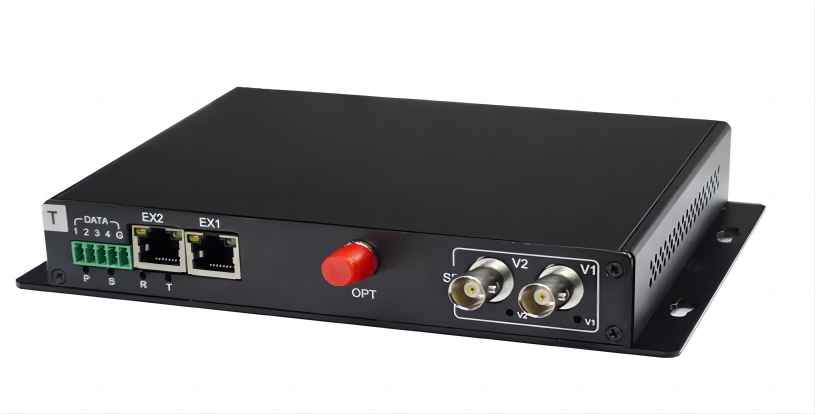
Digital Signal Optical Terminal Applications Across Diverse Realms
The applications of digital signal optical terminals transcend mere imagination, permeating every facet of our digital lives and driving critical infrastructure across numerous industries. Here’s a closer look at some prominent domains where digital signal optical terminals exert their transformative influence:
1. Telecommunications
Digital signal optical terminals serve as the lifeblood of the global telecommunications network, enabling the seamless transmission of voice, data, and video signals across continents. Their unparalleled bandwidth capacity and low attenuation facilitate the swift and reliable exchange of information, from casual phone calls to high-speed internet traffic, powering our interconnected world. This vital role ensures uninterrupted communication and information exchange, driving social and economic progress on a global scale.
2. Data Centers
In the nerve centers of the digital age, data centers, and digital signal optical terminals play a critical role in orchestrating the flow of information. They connect servers, storage devices, and network equipment, facilitating the rapid exchange of data that powers our online activities, from cloud computing and streaming services to e-commerce and social media. Their high-speed capabilities and scalable architecture ensure efficient data management and processing, enabling the smooth functioning of the digital infrastructure that underpins our modern lives.
3. Cable Television
Digital signal optical terminals revolutionize the way we experience entertainment by delivering high-definition and even ultra-high-definition (UHD) television content directly to our homes. Their low signal attenuation ensures unparalleled picture quality, even over long distances, offering viewers a crisp and immersive visual experience. This enhanced viewing experience fostered by digital signal optical terminals enriches our leisure time and fuels the growth of the entertainment industry.
4. Medical Imaging
In the realm of healthcare, digital signal optical terminals play a crucial role in enhancing medical imaging capabilities. They facilitate the rapid transmission of medical images, such as X-rays, MRIs, ultrasounds, and CT scans, with exceptional accuracy and speed. This enables medical professionals to make timely diagnoses and provide life-saving care, improving patient outcomes and transforming the practice of medicine.
5. Financial Transactions
The inherent security of digital signal optical terminals makes them the preferred choice for transmitting sensitive financial data. Their immunity to electromagnetic interference and enhanced data security features prevent unauthorized access and ensure the integrity of financial transactions. This empowers secure financial interactions, from online banking and stock trading to international money transfers, building trust and stability within the financial landscape.
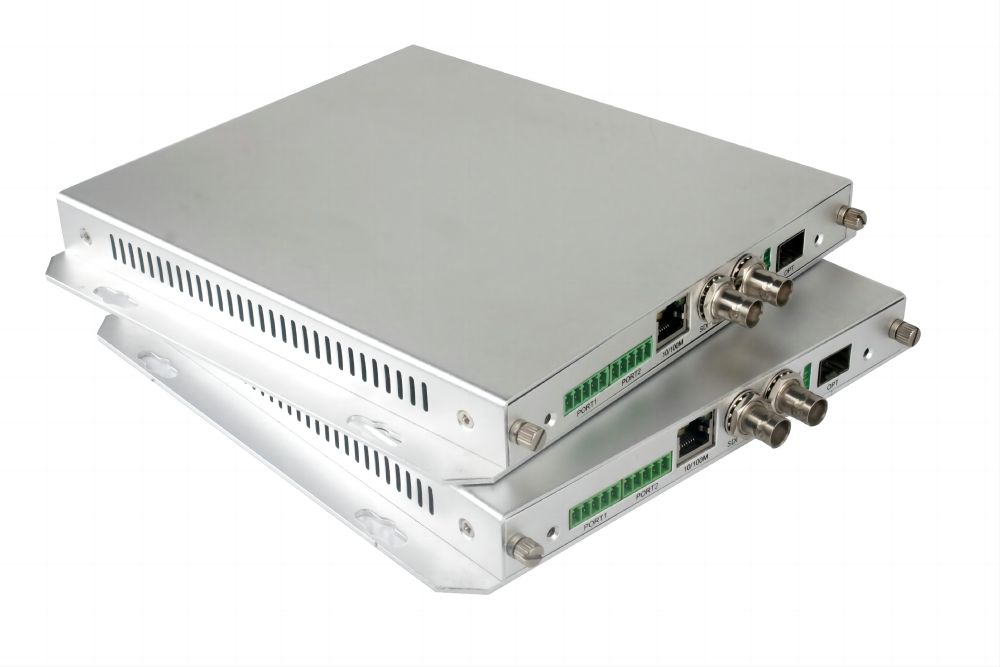
Conclusion
Digital signal optical terminals have irrevocably transformed the landscape of communication, ushering in an era of unparalleled speed, reliability, and security. As we delve deeper into the future, continued advancements in technology promise to propel digital signal optical terminals even further, enabling us to connect, collaborate, and innovate in ways unimaginable just a few decades ago. From revolutionizing industries to powering the next generation of smart cities and connected devices, the future of digital signal optical terminals is as bright as the light pulses they carry, illuminating the path towards a hyper-connected and data-driven world.


